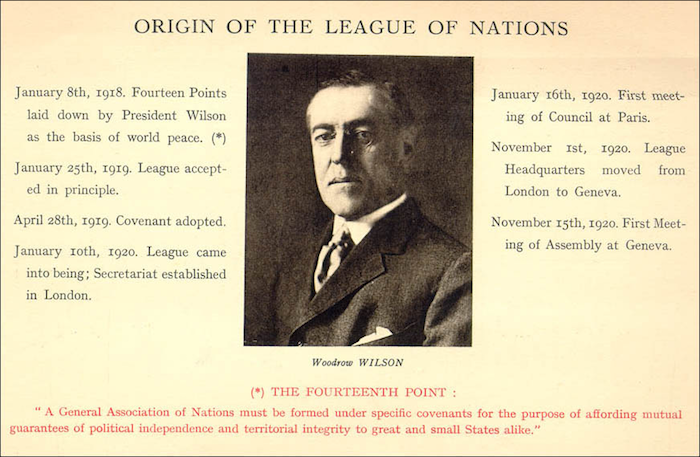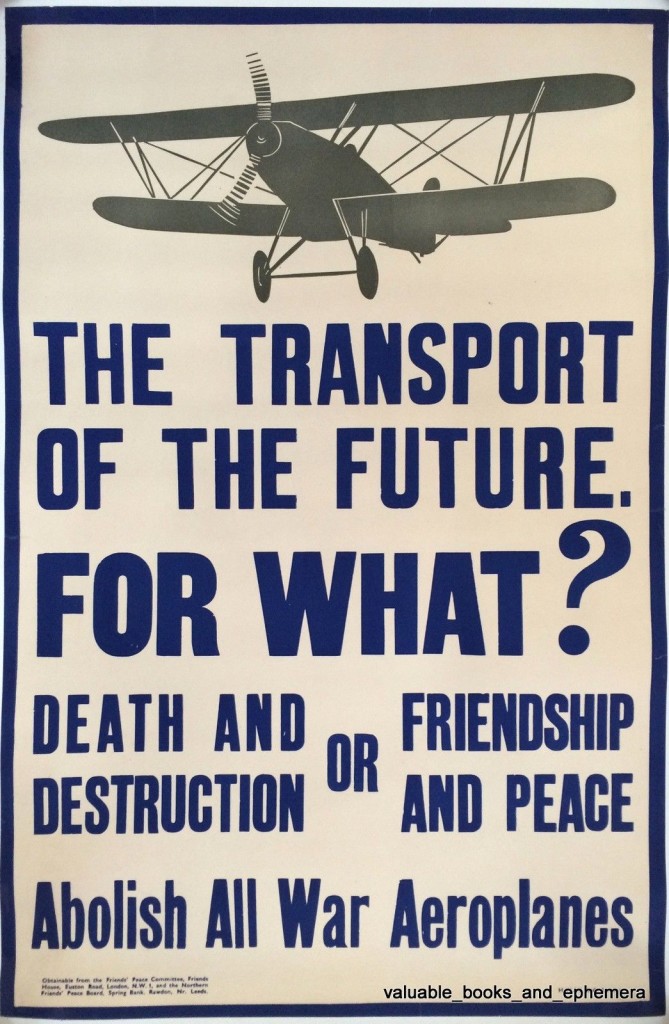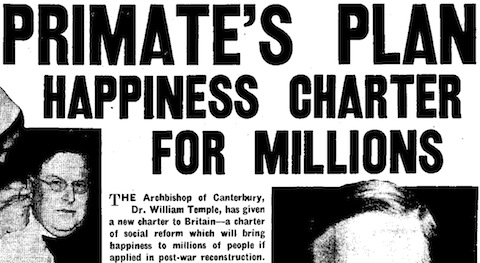The phantom phantom air raid — II
So if there were no mystery aeroplanes over Berlin on 23 June 1933, and nobody who even saw any mystery aeroplanes, why did the German government and press say otherwise? There are three-ish reasons, that I can see. The first is the most obvious. It was strongly implied in the original English-language reports that the […]








